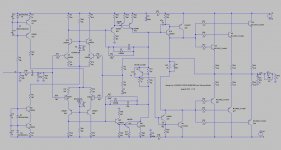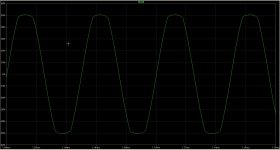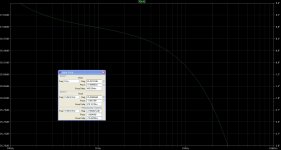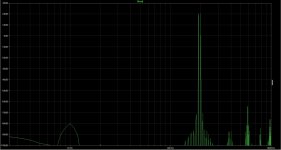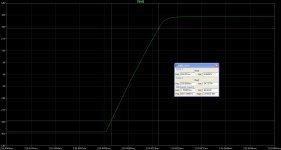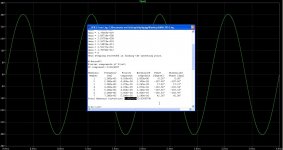New member retired engineer
- By dougf
- Introductions
- 4 Replies
New member interested in valve equipment

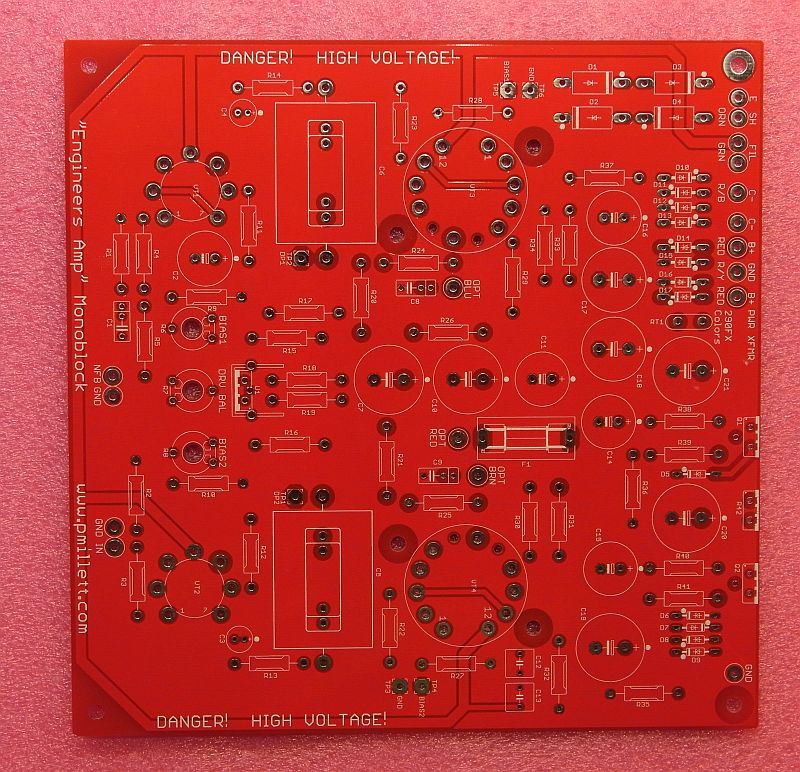
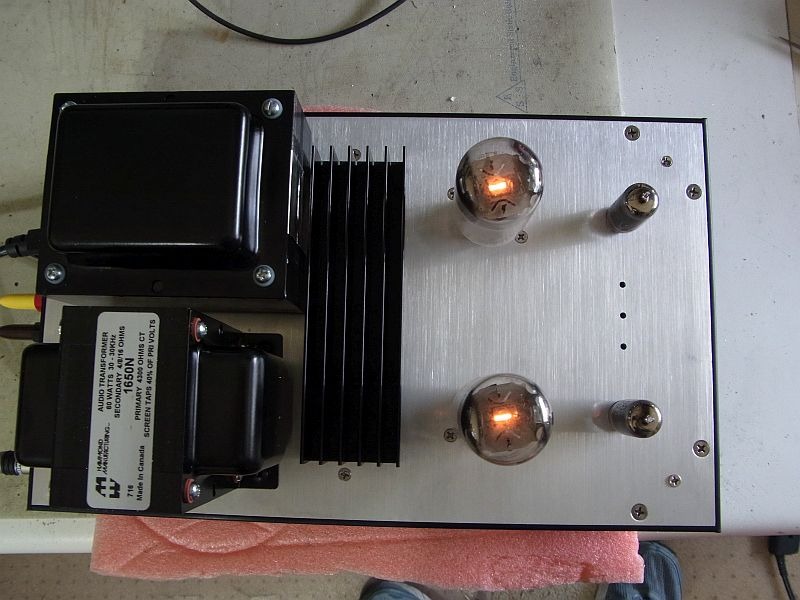
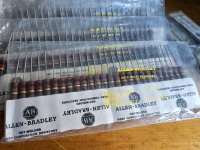
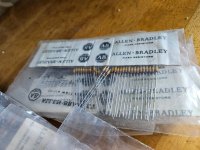
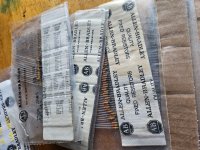

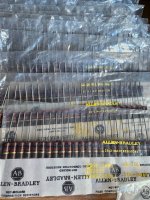
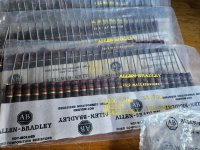

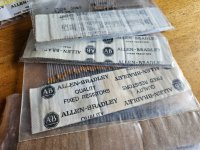

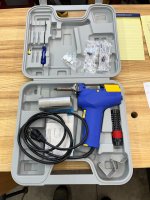
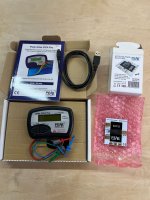
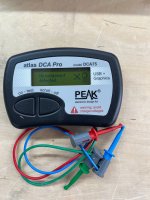
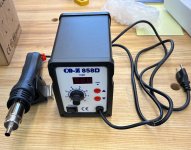
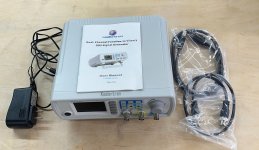
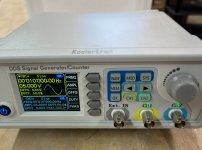
 https://flic.kr/p/2mybhNU
https://flic.kr/p/2mybhNU 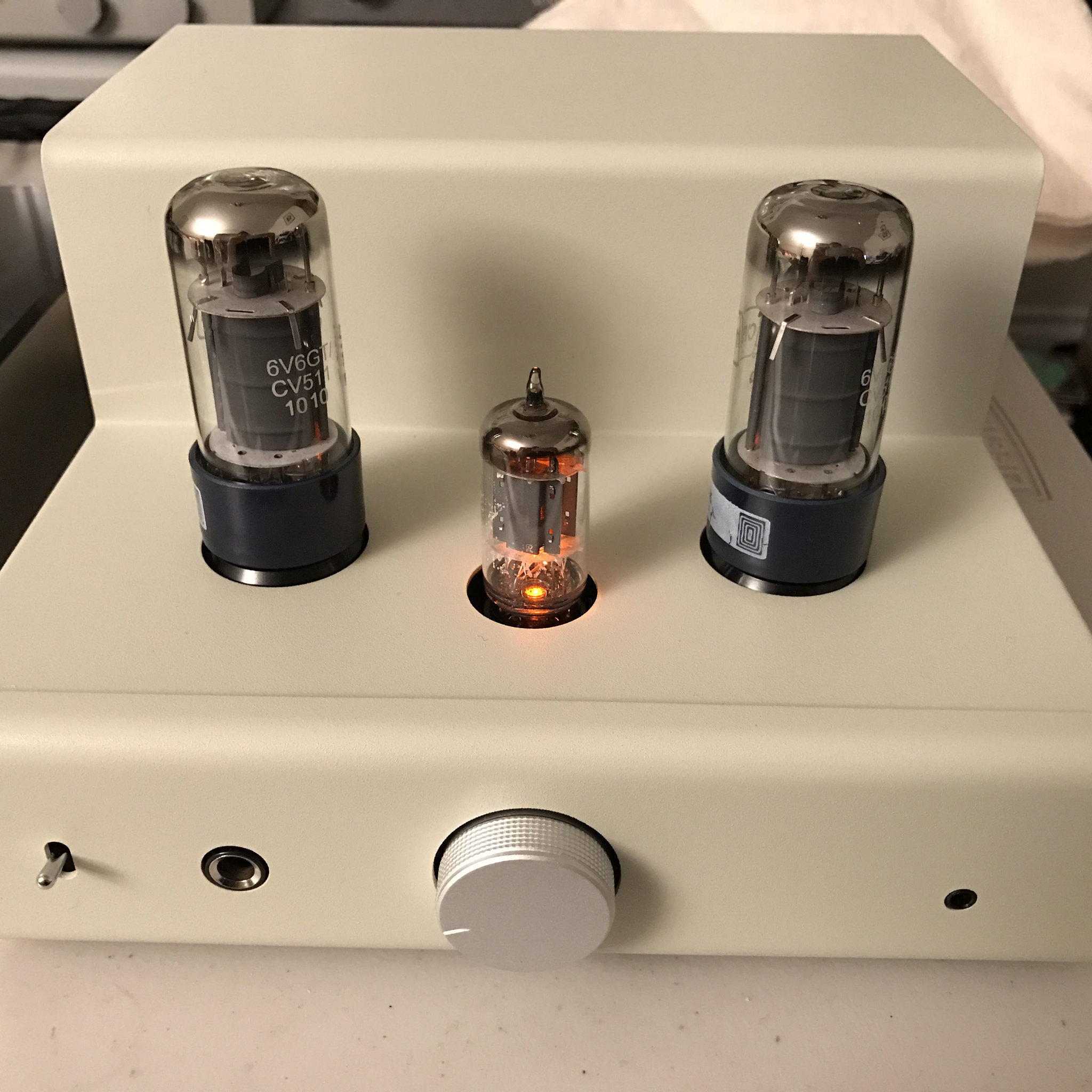 tu-8150 https://www.flickr.com/photos/64593884@N08/
tu-8150 https://www.flickr.com/photos/64593884@N08/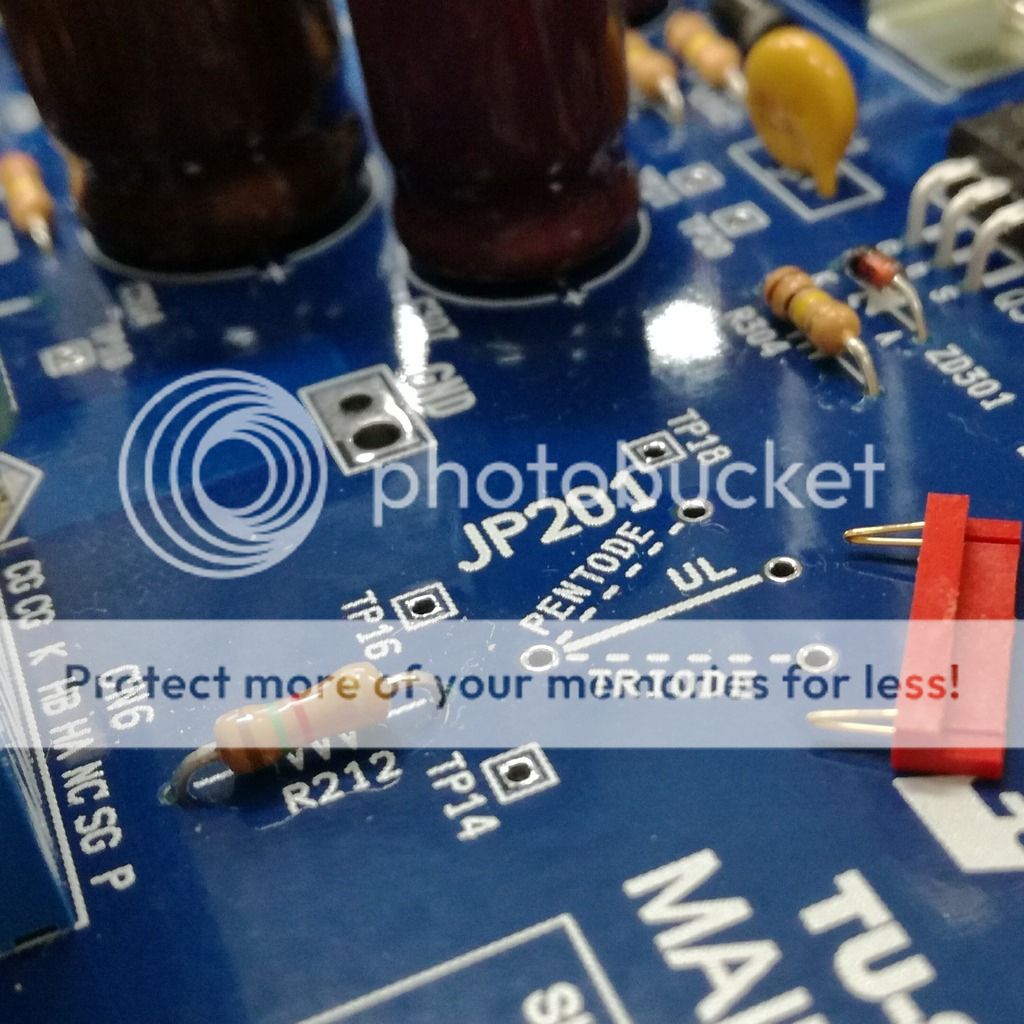
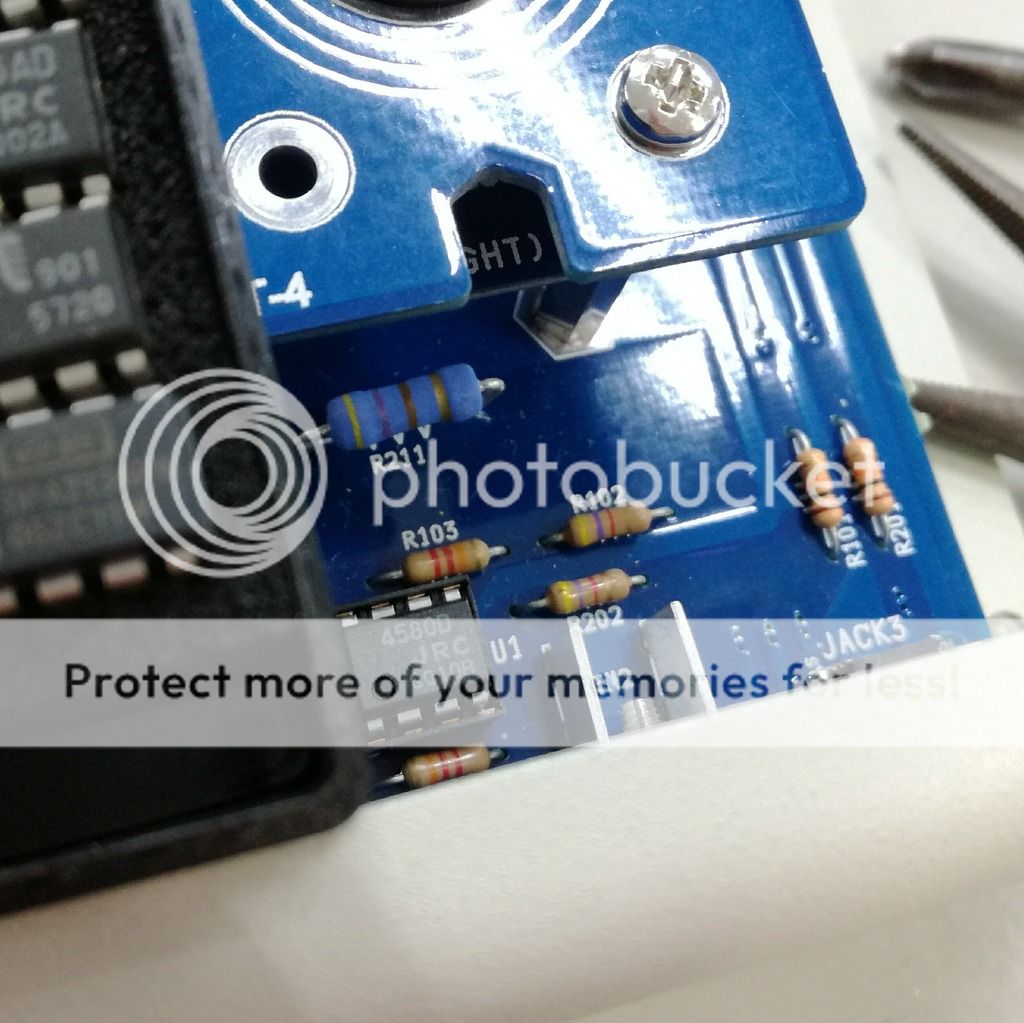

Manufacturer Part Series Value Pcs New price per piece Sum
Jantzen Audio Denmark WAX Coil 16 AWG L 0.22mH / 0.15R 2 21 42
Jantzen Audio Denmark WAX Coil 16 AWG L 0.75mH / 0.31R 2 30 60
Jantzen Audio Denmark WAX Coil 16 AWG L 2.00mH / 0.57R 2 45 90
Jantzen Audio Denmark WAX Coil 16 AWG L 3.30mH / 0.77R 2 57 114
Jantzen Audio Denmark Superior Z-cap 3.3uF / 800Vdc / +-2% 2 25 50
Jantzen Audio Denmark Superior Z-cap 22uF / 800Vdc / +-2% 2 110 220
ClarityCap MR22uH400Vdc 22uF / 400Vdc 2 221 442
Obbligato Premium + Audio Cap 33uF / 250 Vdc 2 38 76
Obbligato Premium + Audio Cap 47uF / 250Vdc 2 49 98
Mundorf Mcap EVO SilverGold Oil 10uF / 450Vdc / +-3% 4 97 388
Mundorf Mcap EVO SilverGold Oil 4.7uF / 450Vdc / +-3% 2 63 126
Mundorf Mcap EVO SilverGold Oil 5.6uF / 450Vdc / +-3% 2 68 136
Silver Mica 10nF / 2% 4 0
TOTAL 1842